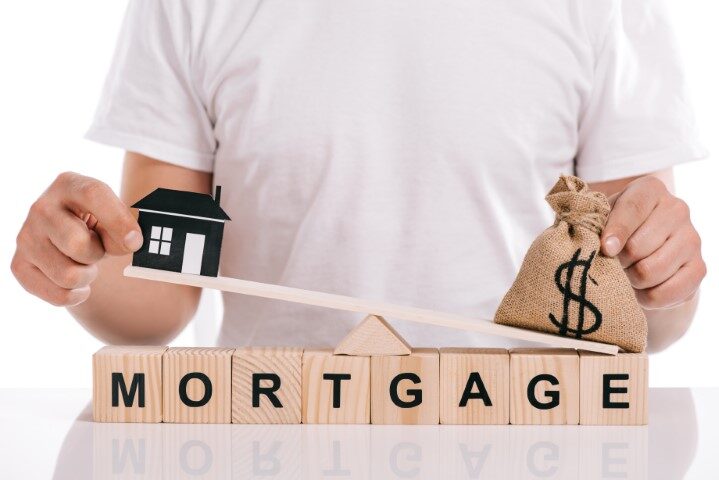The Mortgage Bankers Association (MBA) has recently announced that the percentage of mortgage loans in forbearance rose to 0.27% as of July 31, 2024, up from 0.23% the previous month. This increase, which reflects an additional 20,000 homeowners seeking debt relief, brings the total number of homeowners currently in forbearance plans to approximately 135,000. This rise is primarily attributed to recent natural disasters, which have significantly impacted homeowners’ financial stability.
Since the beginning of the COVID-19 crisis in March 2020, mortgage servicers have provided forbearance to roughly 8.2 million borrowers, showcasing the extensive use of this financial relief mechanism over the past few years. Marina Walsh, MBA’s vice president of industry analysis, emphasized that “July saw an increase of approximately 20,000 more US homeowners in forbearance compared to the previous month.” She further noted that natural disasters accounted for 27% of all loans in forbearance last month, a stark increase from 16% in June. This shift highlights the severe impact of natural calamities on homeowners’ ability to meet their mortgage obligations.
Despite the rise in forbearance rates, Walsh pointed out that overall loan servicing and workout performance showed slight improvement over June’s results, though they remain below the levels seen in May and last year. This indicates a complex recovery process where some aspects of loan performance are improving, yet the overall situation remains challenging.
The survey provided detailed insights into the forbearance rates across different loan types:
- Ginnie Mae loans saw the forbearance rate increase by 12 basis points, from 0.44% to 0.56%.
- Fannie Mae and Freddie Mac loans experienced a one basis point increase, from 0.11% to 0.12%.
- Portfolio and private-label securities (PLS) loans increased by two basis points, from 0.31% to 0.33%.
The reasons behind seeking forbearance varied, with 66.8% of distressed borrowers citing temporary hardships like job loss, death, or disability. However, a notable 26.7% attributed their need for forbearance to natural disasters, marking a significant shift from previous months where such reasons were less dominant. Only 6.6% of borrowers remain in forbearance due to the lingering effects of COVID-19, indicating a move away from the initial reasons for forbearance towards more immediate, disaster-related financial pressures.
In terms of loan performance, the percentage of loans in servicing portfolios that are current increased to 95.76% in July, up from 95.65% in June. This slight improvement, however, still trails behind the figures recorded in May, suggesting that while there’s a recovery in progress, it’s uneven and not yet back to pre-disaster levels.
Regionally, the survey identified variations in loan performance. States like Washington, Idaho, Colorado, California, and Oregon had the highest share of current loans, indicating better economic resilience or less impact from natural disasters. Conversely, states like Louisiana, Mississippi, Indiana, Alabama, and West Virginia had the lowest share of current loans, likely due to a combination of economic factors and the impact of natural disasters.
This data underscores the critical role that forbearance plays in providing a financial safety net for homeowners facing unexpected hardships, particularly in the aftermath of natural disasters. The increase in forbearance rates due to these events highlights the need for robust disaster recovery plans and financial support mechanisms to help homeowners navigate through such challenging times.




